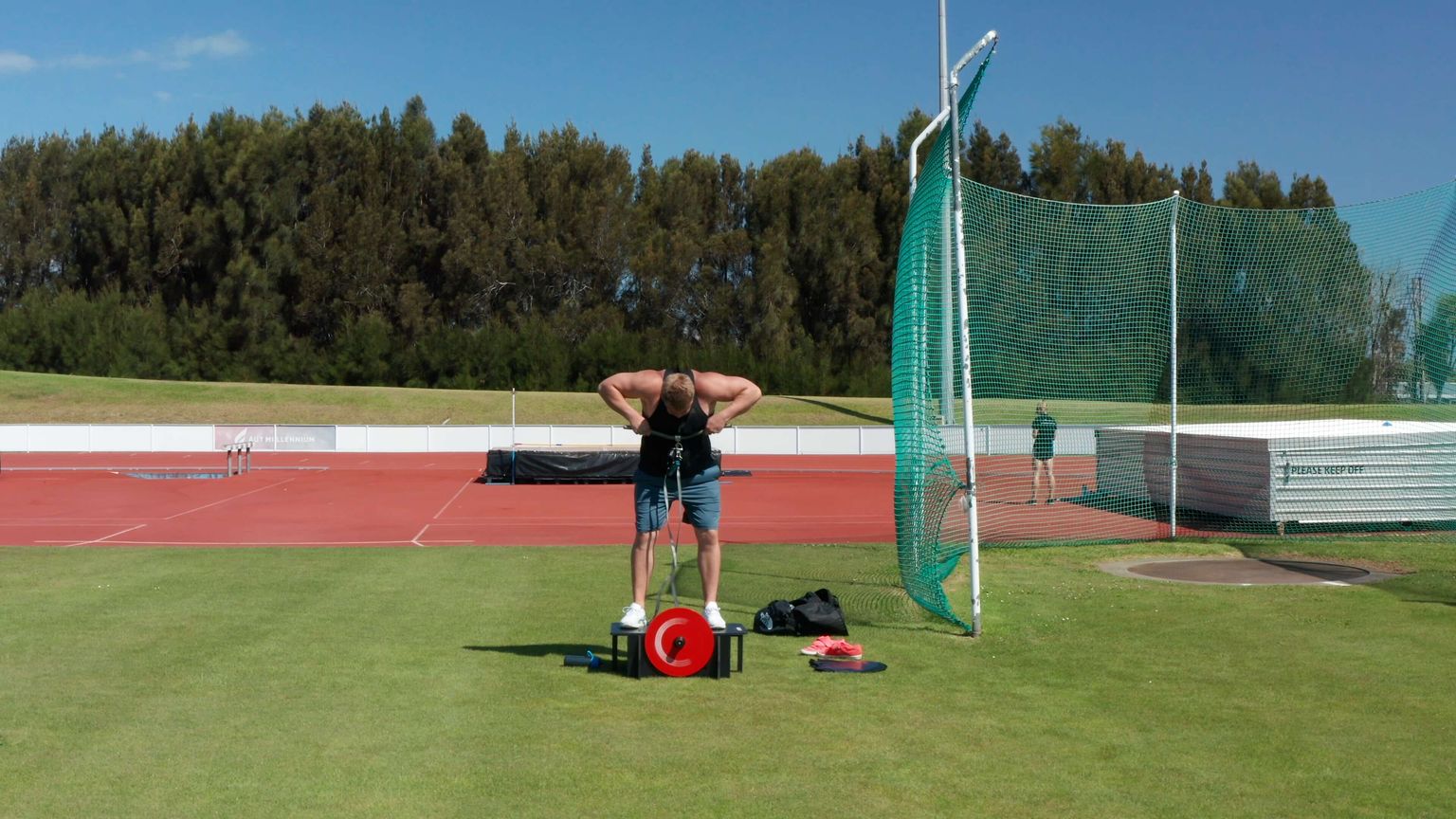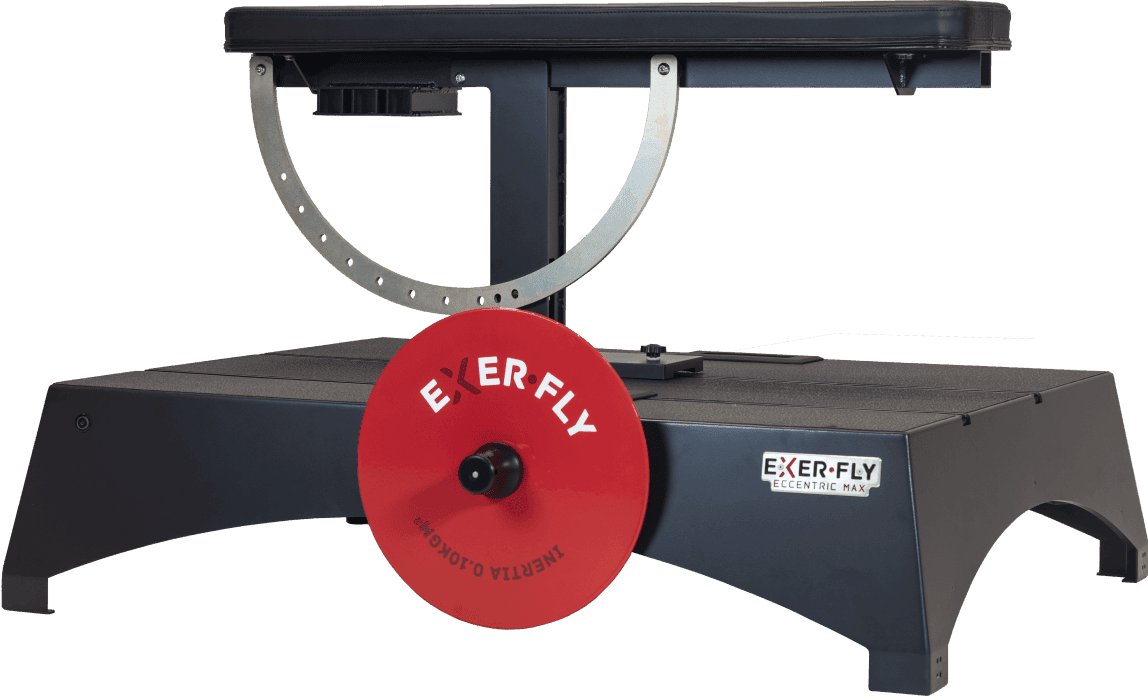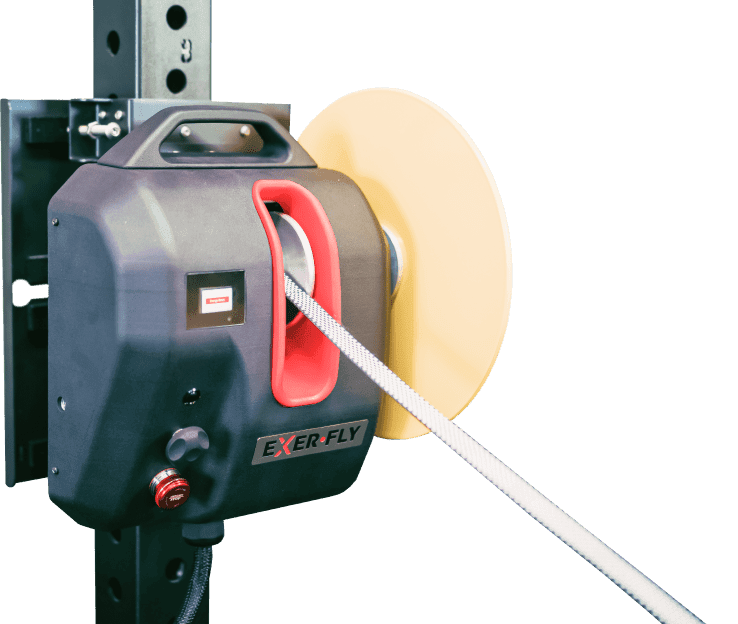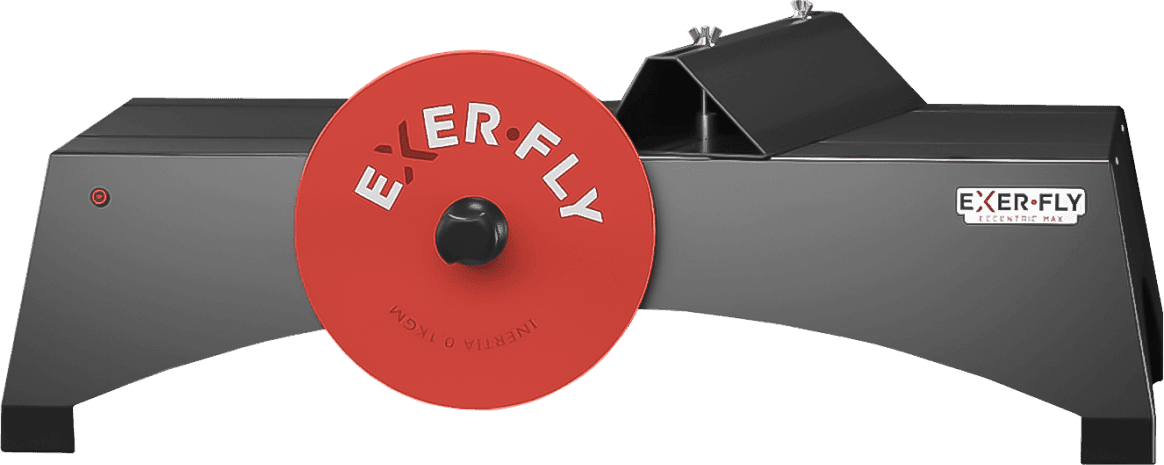
Perception and application of flywheel training by professional soccer practitioners
Introduction
Professional soccer match play involves an increasing frequency of high-intensity actions such as sprints, high-speed running, and accelerations, highlighting the need for appropriate training to ensure success.
Practitioners must systematically program resistance training, recovery, and injury prevention strategies to optimize the performance of these actions in matches. Resistance training is vital in enhancing strength and performance and reducing injury likelihood within professional soccer.
However, international travel commitments, fixture congestion, and time dedicated to technical-tactical training often limit the time for strength training. For this reason, practitioners have tried implementing different strength training methodologies to condition athletes efficiently.
In recent years, flywheel (isoinertial)-based exercise has become more commonly applied by soccer and team sports practitioners as an alternative to traditional resistance training. This study investigated how elite soccer practitioners perceive and apply flywheel training literature, highlight knowledge gaps, and develop industry-relevant research questions.
What They Did
Fifty-one practitioners, including 21 strength and conditioning (S&C) coaches, 15 sports scientists, 8 fitness coaches, and 7 physiotherapists, participated in this study. Thirty-six worked with male players only, 3 worked with female players only, and 12 worked with males and females.
The questionnaire was approved by the University of Suffolk (Ipswich, UK) research ethics committee. Flywheel training was considered by many (n = 33) practitioners to be an effective method of reducing non-contact muscular injuries, with the rest (n = 18) remaining unsure.
When flywheel training was compared to traditional resistance training methods, some (n = 18) believed that flywheel methods were superior.
In contrast, few (n = 8) disagreed that flywheel training was superior to traditional resistance training methods. Participants mainly (n = 25) stated they neither agreed nor disagreed with the statement.
What They Found
This study aimed to describe and compare the current perception and application of flywheel-based resistance training methodologies in professional soccer for performance and injury reduction purposes.
The findings highlighted how flywheel training varies in exercise selection (i.e., squat, lunge) and training frequency. Practitioners deemed familiarization sessions necessary to optimize the performance and outcomes with flywheel training.
Most practitioners were confident in the application of flywheel training for acutely and chronically enhancing strength, and a majority of practitioners believed that flywheel training is useful for decreasing injury likelihood and chronically improving change of direction, sprint, and jumping performance.
Lacking confidence or awareness of flywheel training guidelines may systematically impact the efficacy and application of flywheel training in elite soccer environments.
Practical Application
Practitioners use flywheel training for many purposes within soccer environments. Practitioners will dedicate 2–3 flywheel training sessions to familiarisation, especially if the athlete lacks flywheel training experience.
The pairing of flywheel devices and technology, i.e., the Exerfly app, allows instantaneous feedback and may enhance individualisation and outcomes – especially during familiarisation. Practitioners typically prescribe 2–3 and 1–2 weekly flywheel sessions during pre- and in-season periods.
Within these sessions, practitioners confidently use a variety of exercises for chronically enhancing performance and strength while also prescribing flywheel PAPE protocols to acutely enhance performance.
If you are a practitioner looking to improve the performance of your players, or simply want to understand more about the benefits of flywheel training for athletes, book a free consultation with our team, and we can discuss which Exerfly device fits your outcomes best.
De Keijzer, K., McErlain-Naylor, S. A., Brownlee, T. E., Raya-González, J., & Beato, M. (2022). Perception and application of flywheel training by professional soccer practitioners. Biology of Sport, 39(4), 809-817.






